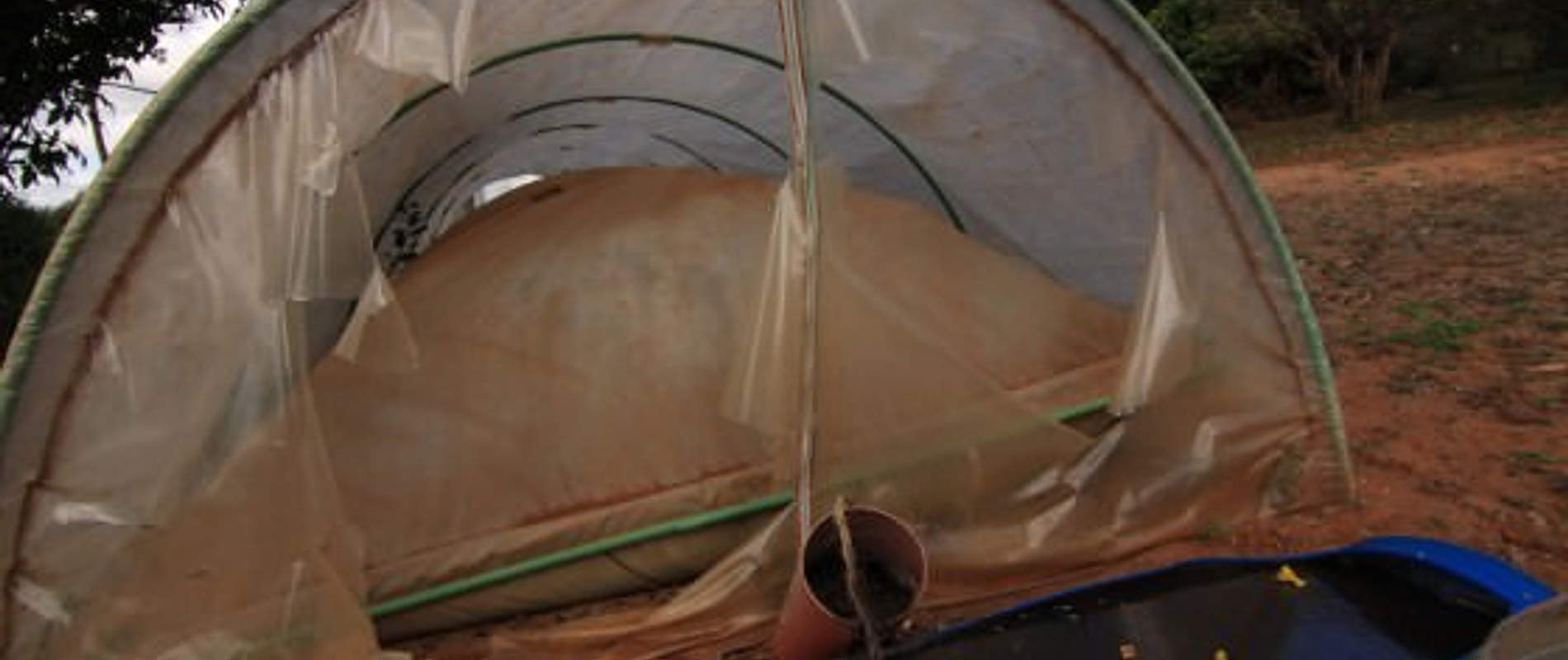Have you ever wondered what happens to the mountains of elephant dung that build up every day at DSWT’s elephant stockades? Every night the orphans are brought into enclosures and by each morning several wheelbarrow loads full of dung have accumulated
In the Voi Stockades alone there is enough dung every morning to fill 12 wheelbarrows. Two men are allocated the responsibility of collecting and disposing of it.
A large percentage of the dung is used to fill in gullies on the roads that are created by erosion – a big problem in the sandy, sparsely-covered environment of Tsavo. The long, natural fibres in the dung act as a sieve, filtering huge amounts of sand and soil that would otherwise have washed downhill. Dung that is not used on the roads is fed into a bio-digester to provide cooking gas for the keepers’ kitchen.

The digester mimics a massive stomach. It is fed organic waste on one side and excretes bio-slurry on the other. Since an elephant’s digestive system is relatively inefficient, the dung retains a very high calorific value. As it continues to break down in the digester it releases a combination of gases including methane, which is bled off the top of the digester and run through a plastic hosepipe to the kitchen.

In the kitchen it dispenses from a normal cooking stove. The gas is extremely safe. It dissipates rapidly instead of settling and building up like traditional cooking gas does. Even when left on, it poses no real threat, and it works.

A small digester can provide enough gas for a family to cook for 3 hours every day using just the manure from one cow. The elephants produce enough manure to feed a commercial scale digester and meet the needs of the entire permanent staff based at the Voi Stockades. For the time being, however, a smaller digester is being used that is ideal for preparing the keepers' tea and for cooking less time-intensive foods such as rice.

As an alternative to wood fuel, biogas is fantastic. It is much faster and easier to start than a fire and doesn't produce any harmful smoke. In addition to the gas, bio slurry is bled off the backend of the digester and can be used as a high quality fertiliser. Since the gases released from the digester are comprised of only hydrogen, carbon and oxygen, the bio slurry retains all of the valuable nutrients found in organic compost, and since these nutrients have already been broken down by the multitude of bacteria in the digester, they can be readily absorbed by plants.

